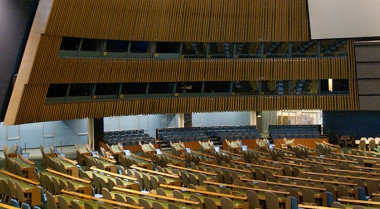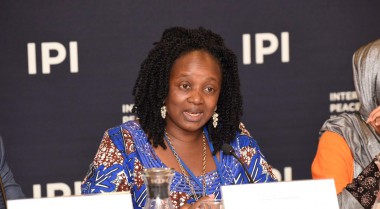What Infrastructures for Peace support Peacebuilding in the Context of Fragility and Crisis?
Meeting the complex and most pressing challenges of today’s world is a test of existing peacebuilding and development capacities, especially at the local level.
Local peacebuilders are often the first responders and bear the immediate impact of social, economic, political, and security consequences of crisis. At the local level, the impact of crises is the most visible. But it is also the most manageable.
Infrastructures for peace are all institutions, mechanisms, resources, and skills that create resilience, address root causes of conflict and support the peaceful resolution of conflicts.
Local peacebuilders react and adapt to crisis through building their own and utilize existing infrastructures for peace. They utilize these infrastructures for peace to support them in their mission of sustaining peace within communities.
Together with the UN Development Program (UNDP), we work to explore what infrastructures support local peacebuilding goals and address the complex challenges of today’s world in different contexts across the world.
We organise dialogues with the aim of identifying policy gaps that need to be addressed to ensure that infrastructures for peace are capable of delivering on local peacebuilding needs early.
GPPAC and UNDP hosted joint consultations in:
- Latin America and the Caribbean (in English and Spanish);
- Africa (in English);
- Middle East and North Africa (in English and Arabic);
- Asia and the Pacific (in English);
- Eastern Europe (in English and Russian).
Information collected from the discussion will contribute to a policy document that will outline actionable recommendations for joint action towards more inclusive and responsive infrastructures for peace.
If you want to learn more or exchange experiences regarding infrastructures for peace, reach out to our UN Liaison Marina at un.liaison@gppac.net.




